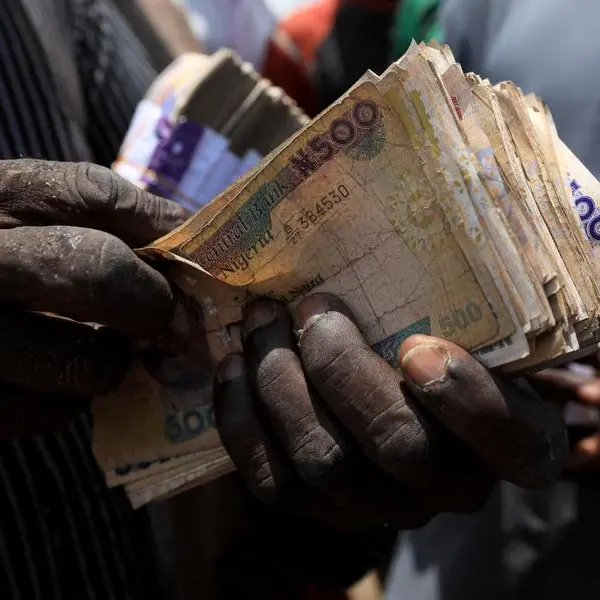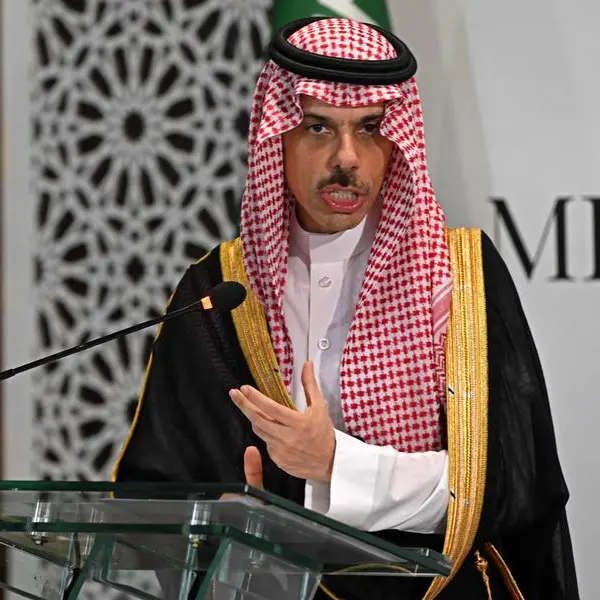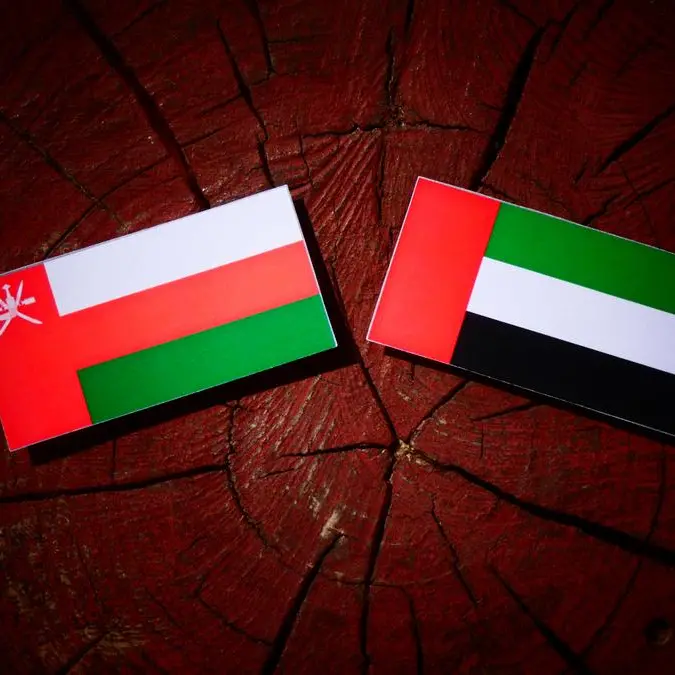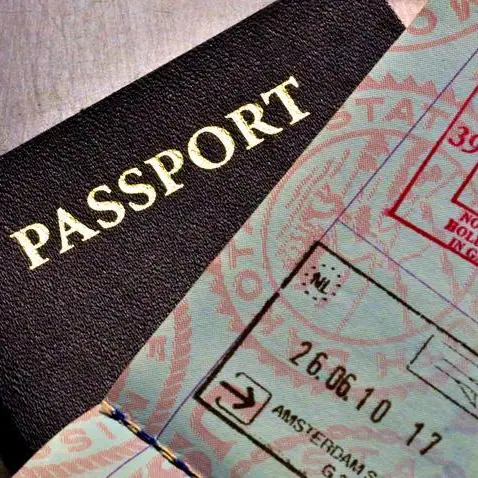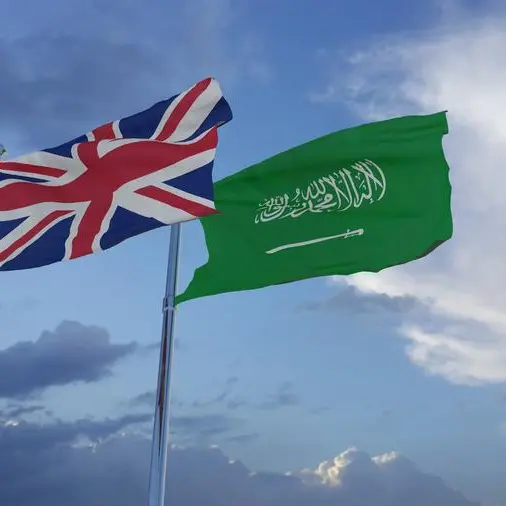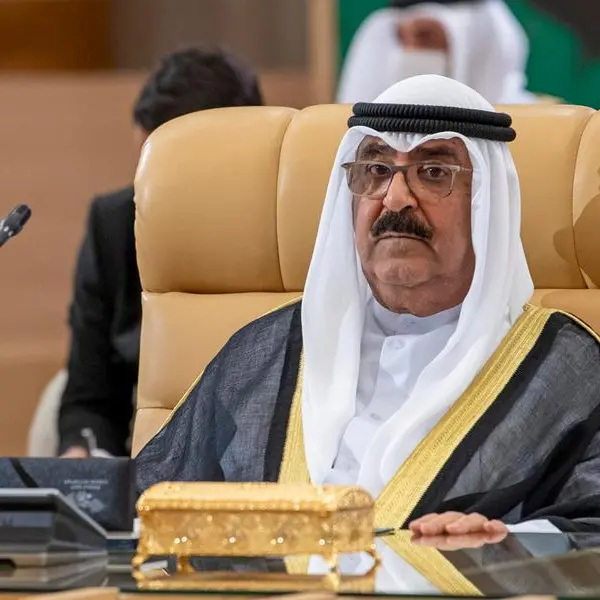PHOTO
Saudi Arabia’s oil revenue could decline by 145 billion Saudi riyals based on an oil price of $40 per barrel for the benchmark WTI crude, said Al Rajhi Capital in a report Monday.
After multiple rounds of meetings, OPEC+ and other oil producing nations decided to cut oil production by record levels to help balance oil market. As per the decision, around 9.7 million barrels per day (bpd) will be cut, starting from 1 May 2020 for two months. Thereafter, from July to December 2020, the cut will taper to approximately 7.6 million bpd. From January 2021 to April 2022 the cut would be approximately 5.6 million bpd.
According to Al Rajhi Capital’s estimates, OPEC members will cut production by 6.1 million bpd and non-OPEC members of the OPEC+ group will cut by 3.6 million bpd. This would imply that “Saudi oil production would decline to 8.5 million bpd initially and thereafter to 9 million bpd in the second half of 2020.”
While a cut at this level would not completely balance the market, it would help prevent supply shocks which may happen if oil continues to trade below $30 per barrel leading to exit of low-cost producers and when the economy recovers, the report said.
The cut in production would imply the Saudi government’s budgeted oil revenue at 342 billion riyals based on oil price at $40 per barrel.
“For 2020, based on our initial assessment, oil price implied in revenue forecasts was around $55/bbl. Currently, WTI is trading at around $23/bbl. Our forecast is based on the production of 9.4 million bpd for the year and 6.6 million bpd of exports.”
Further, any cut in dividends from Aramco as a result of a decline in refined fuel prices as well as lower demand would also weigh on government revenues.
Lower non-oil revenue
Non-oil revenue could decline slightly with the waiver of government fees, expatriate levy for iqama for three months, postponement of custom duties, VAT etc. The net effect of these stimulus measures would amount to 70 billion riyals.
“We forecast non-oil revenue at 276 billion riyals. Accordingly, it leads us to total fiscal revenue of 618 billion riyals for 2020e (versus budgeted 833 billion riyals). However, some investment income could offset this decline.”
On the other hand, with regard to expenditure, the government had announced a series of measures such as the cut in non-essential capex of 50 billion riyals while increasing expenditure of around 9 billion riyal for paying 60 percent of the salaries of the private sector affected by the pandemic.
Additionally, the government has taken up all the expenditure related to treatments due to coronavirus.
“We believe there are likely more areas for the government to lower expenditure. It has the ability to borrow more given its low debt/GDP ratio relative to other countries and plans to increase its debt ceiling from 30 percent to 50 percent.”
Overall, however, the net increase in deficit is likely to widen, the report added.
(Writing by Brinda Darasha, editing by Seban Scaria)
#SAUDI #OIL #OPEC+
Disclaimer: This article is provided for informational purposes only. The content does not provide tax, legal or investment advice or opinion regarding the suitability, value or profitability of any particular security, portfolio or investment strategy. Read our full disclaimer policy here.
© ZAWYA 2020

